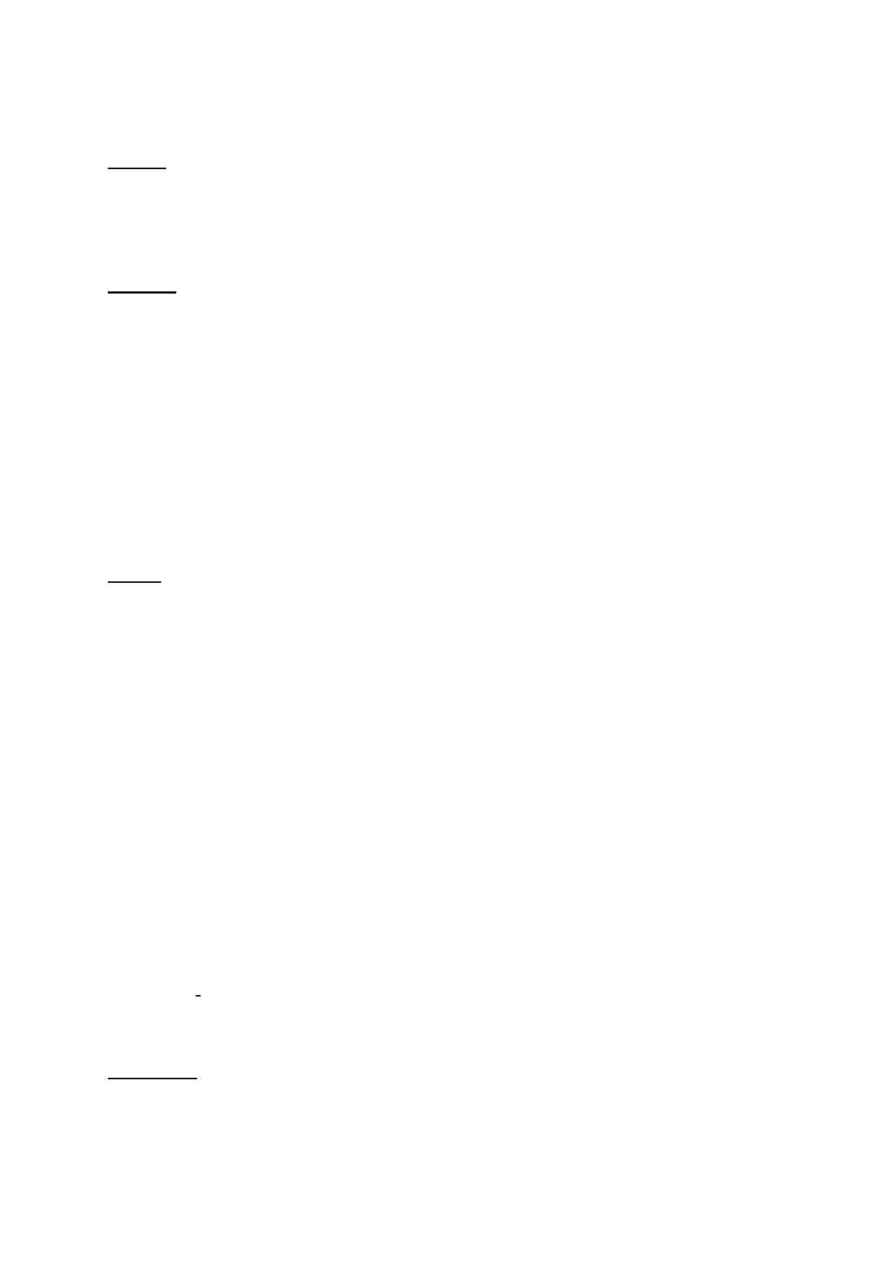
2
Abstract
Purpose: To report the safety and efficacy of Ahmed Glaucoma Valve implantation for the
management of pediatric glaucoma in the early and intermediate follow-up period.
Design: Consecutive interventional case series.
Methods: A retrospective chart review was conducted on 60 eyes (44 patients, age range at
surgery 1.5 months to 16 years, average 6▒4.9 years), with pediatric glaucoma that underwent
Ahmed Glaucoma Valve implantation for medically uncontrolled intraocular pressure (IOP)
between the years 1995 and 2000.
Outcome measures were control of IOP below 21 mm Hg, the need for anti-glaucoma
medications following surgery and loss of 2 or more lines of Snellen acuity. Complications
were monitored.
Results: The postoperative follow-up period for each eye averaged 24.3 ▒ 16 months (range
3-60 months). At last follow up, IOP was controlled in 44 eyes (73.%), 11 of which did not
need anti-glaucoma therapy. Kaplan-Meier life-table analysis showed probability of success
with or without medications of 93% (95% confidence interval (CI) 86-100%), 86% (CI 77-
96%), 71% (CI 59-87%), and 45% (CI 28-80%) following 12, 24, 36 and 48 months of
follow-up. Average IOP decreased from 32.8▒6.2 prior to surgery to 16.6▒8.0 postoperatively
(P<0.0001). The average number of medications used decreased from 4.4▒1.97 to 2.0▒2.0
(P<0.0001). Kaplan-Meier survival analysis did not reveal any difference in survival profiles
related to specific diagnosis of glaucoma, age (above or below 18 months), or prior surgery.
Complications occurred in 30 eyes (50%). Although most resolved or were treated
successfully, four patients suffered severe visual loss during the follow-up.
Uveitis was a
significant risk factor for tube exposure (Fisher's Exact Test P=0.006).
Conclusions: Ahmed Glaucoma Valve implantation is an effective treatment for pediatric
glaucoma, although patients frequently require antiglaucoma medications. However, high rate
